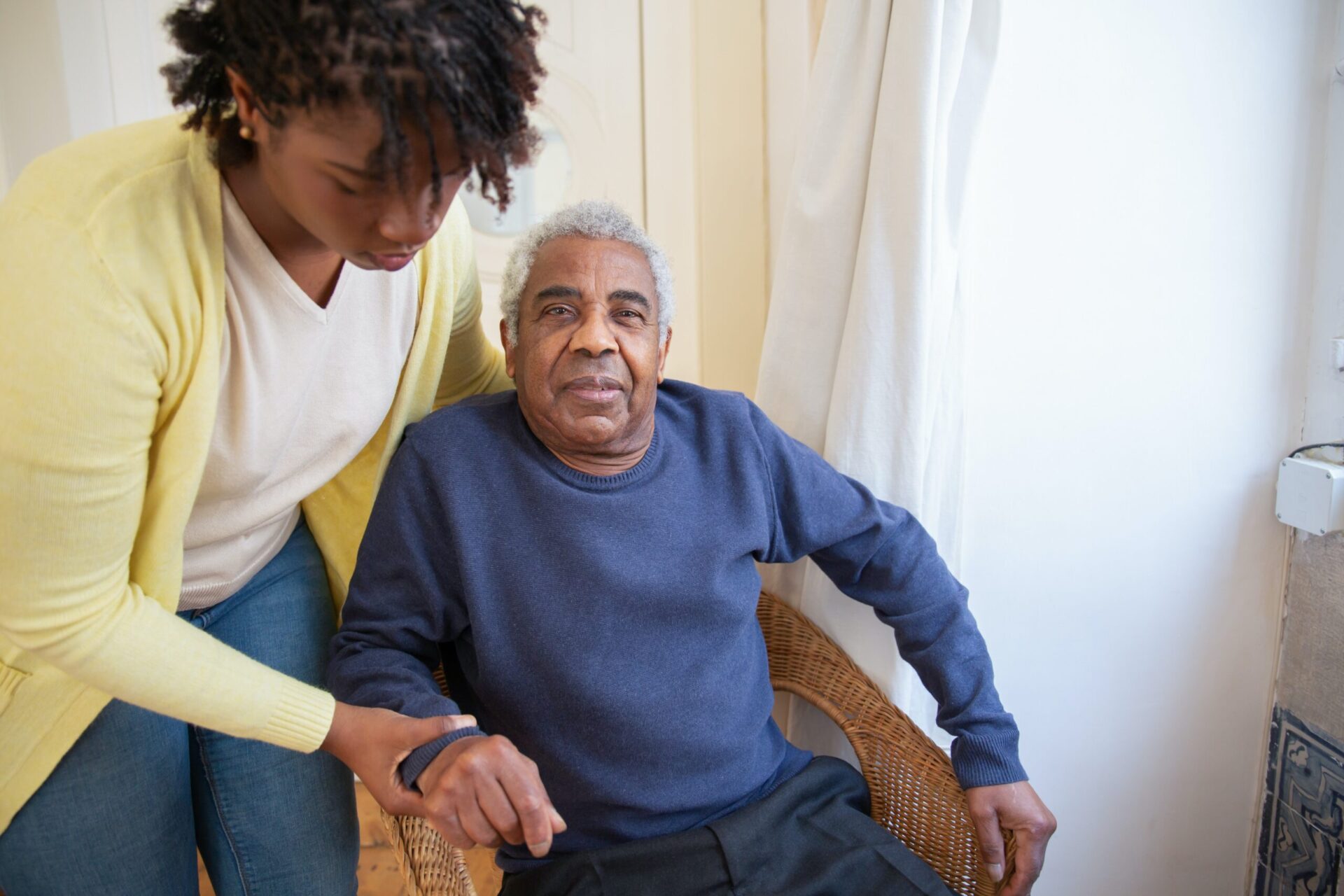This winter, many of us may be more cautious than previously when turning on the central heating. Soaring energy prices over the past year have meant that fuel bills have more than doubled for some households, on top of other increased costs for essentials such as food, petrol, and mortgages.
For elderly people and those with limited mobility, the pressures can be even more difficult, because they are often living on fixed incomes, and may find in harder to cover the rising costs of living. Keeping warm can be an extra challenge at the best of times, and those who are strictly rationing the heating may even be vulnerable to extra health problems.
A recent experiment by a BBC journalist proved that when the room temperature drops to about 10°c, the average for an unheated home in winter, the body is placed under extra stress. Besides feeling uncomfortable, at this temperature, blood flow to the brain decreases by about 20%, which may have a significant effect on people with dementia.
The heart also beats faster to pump more blood around the body, blood pressure goes up, and the blood becomes thicker, increasing the risk of clotting. This can make elderly people more vulnerable to heart attacks and strokes. Dry cold air also makes it easier for cold and flu viruses to survive and spread.
How to help
Obviously, this is a far from ideal situation, but if an elderly person is not using the heating as much, there are some things that you can do or suggest to help. Modern thermal fabrics, such as long-sleeved thermal vests and leggings, work well when layered underneath thick insulating materials such as wool.
If the home is very cold and the person spends most of their time sitting, blankets, hats, and gloves will also help to keep them feeling warmer. At night time, suggest the that person wear thick fleecy pyjamas and socks, if they are usually in the habit of wearing traditional thinner cotton nightclothes.
Electric blankets are much cheaper to run than central heating, and can be used during the day, or for a couple of hours at night before dropping off to sleep. Hot water bottles are also a good source of warmth for a few hours.
Draught proofing the home, by applying insulating strips around window frames and door frames, can help to improve the heat retention in a room. Place draught excluders at the foot of external doors, and any internal doors which lead to unheated rooms, such as utility rooms or porches.
If the person has large pieces of furniture, such as a sofa or sideboard, which is placed in front of a radiator, suggest that it is moved to a different area of the room, if there is another suitable place for it. This will help the heat to move more freely around the room when the heating is on.
Any chairs or beds which are placed near external walls or windows should also be moved closer to interior walls, where the warmest areas of the room will be.
If you are interested in finding out more information about mobility bathrooms call us on 01491 411041 or visit our website.
16 December,2022








